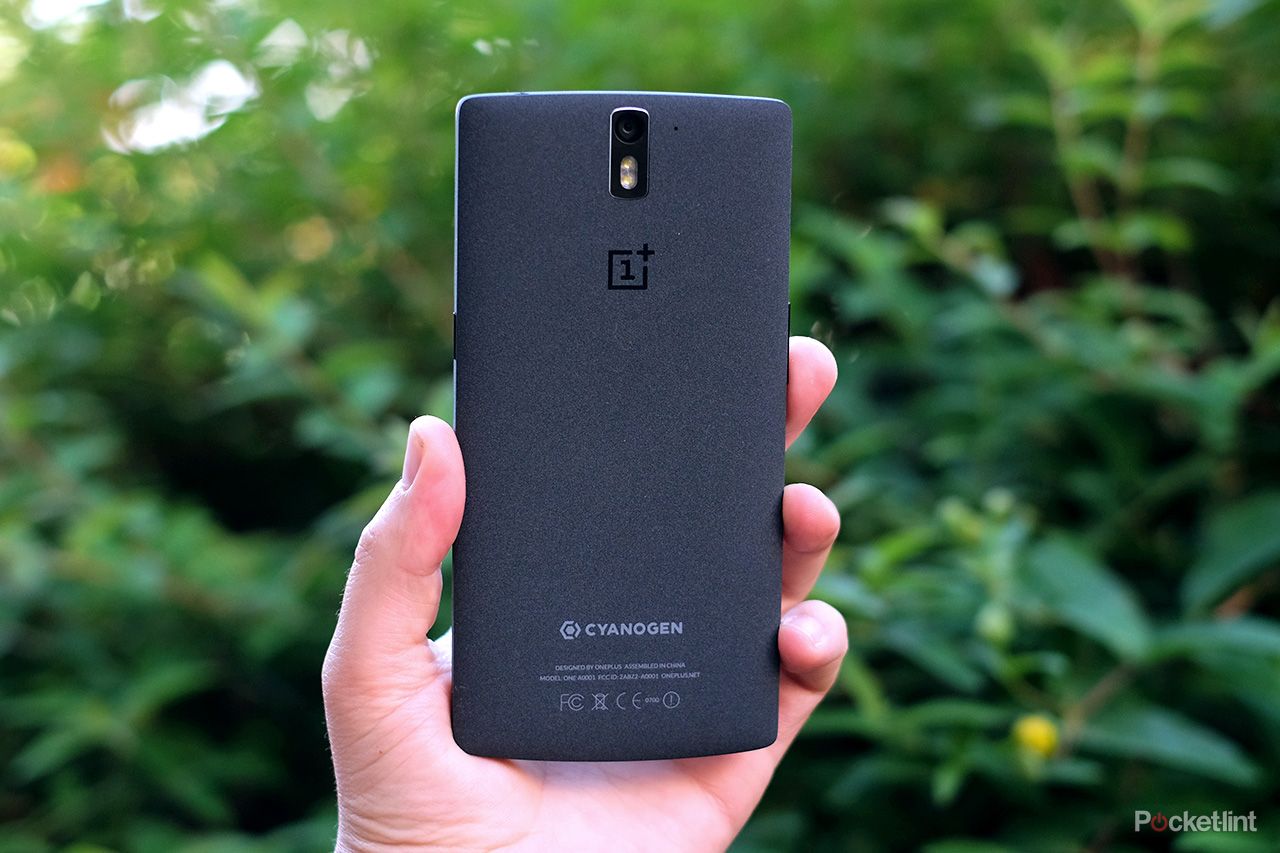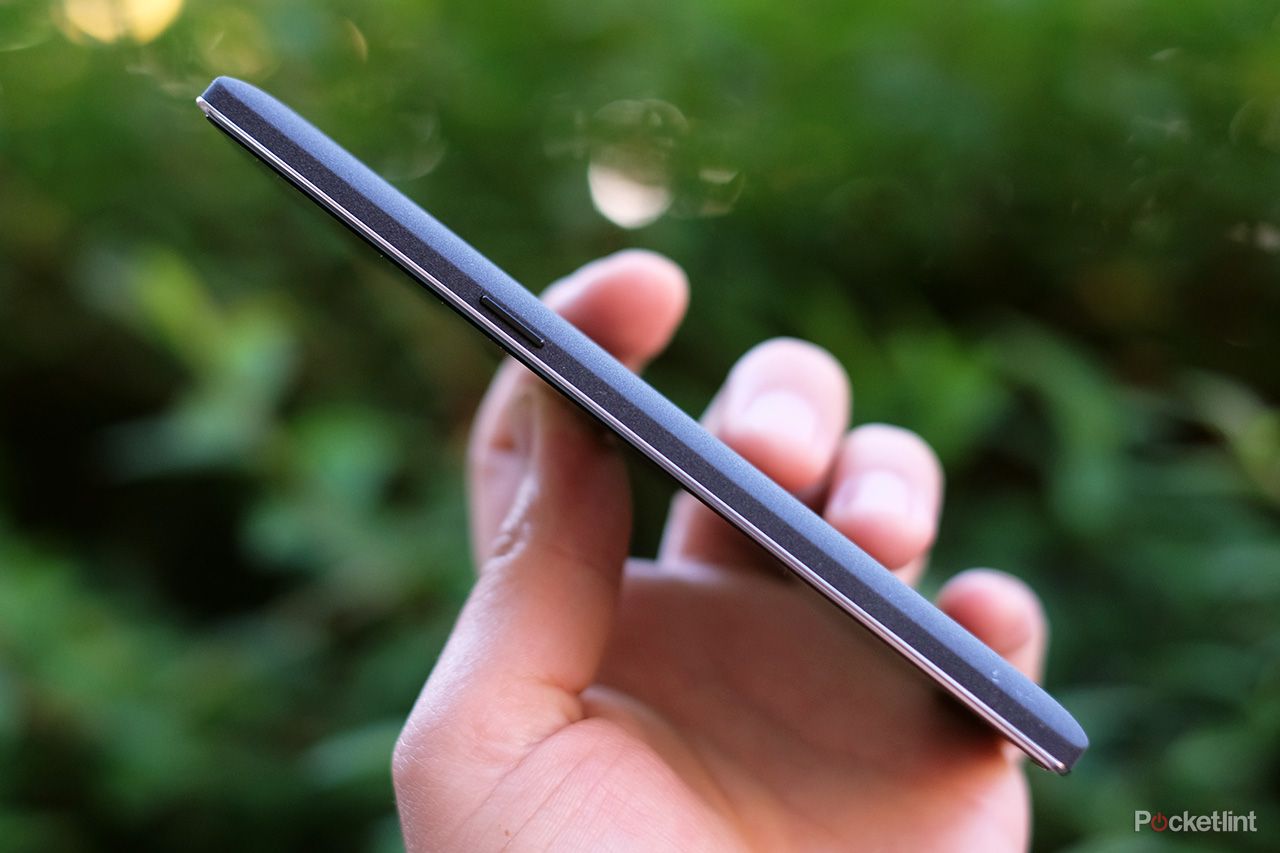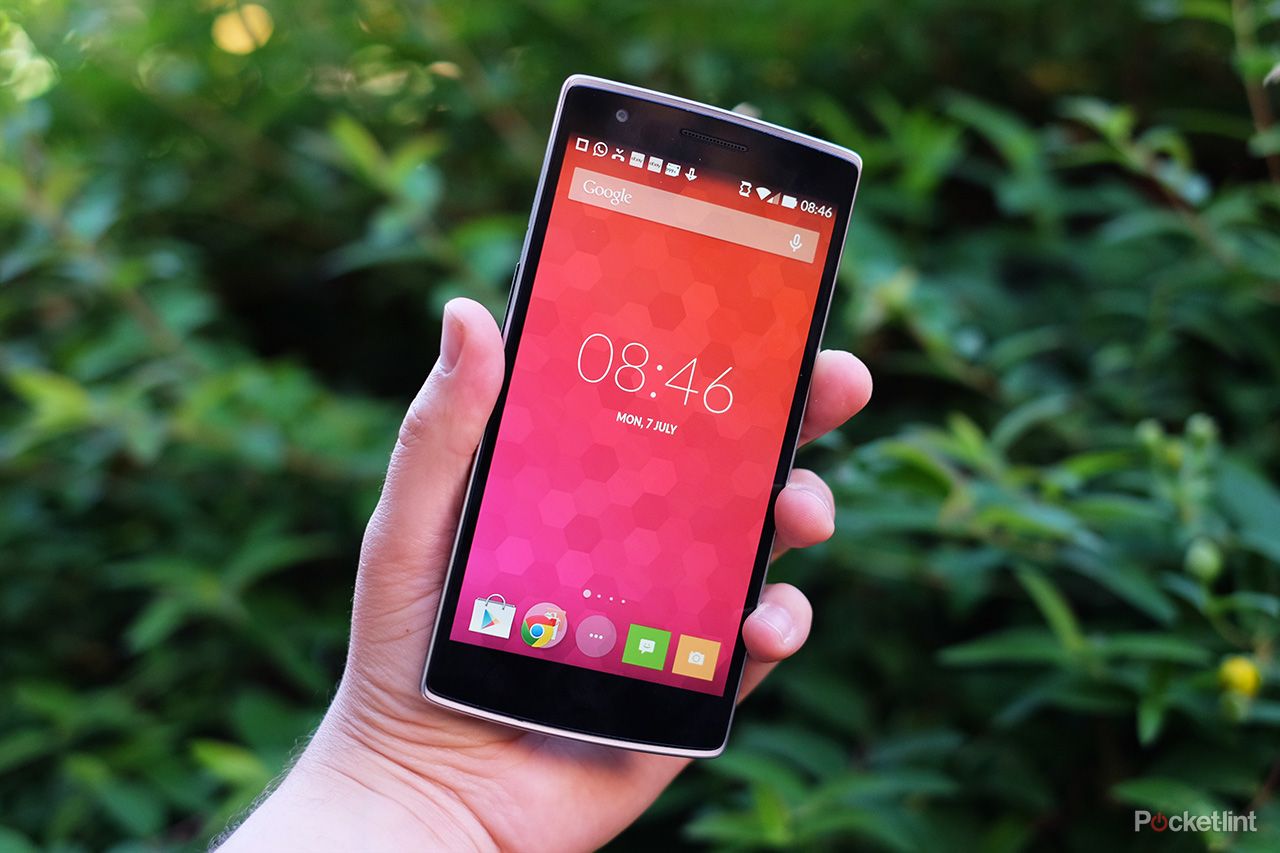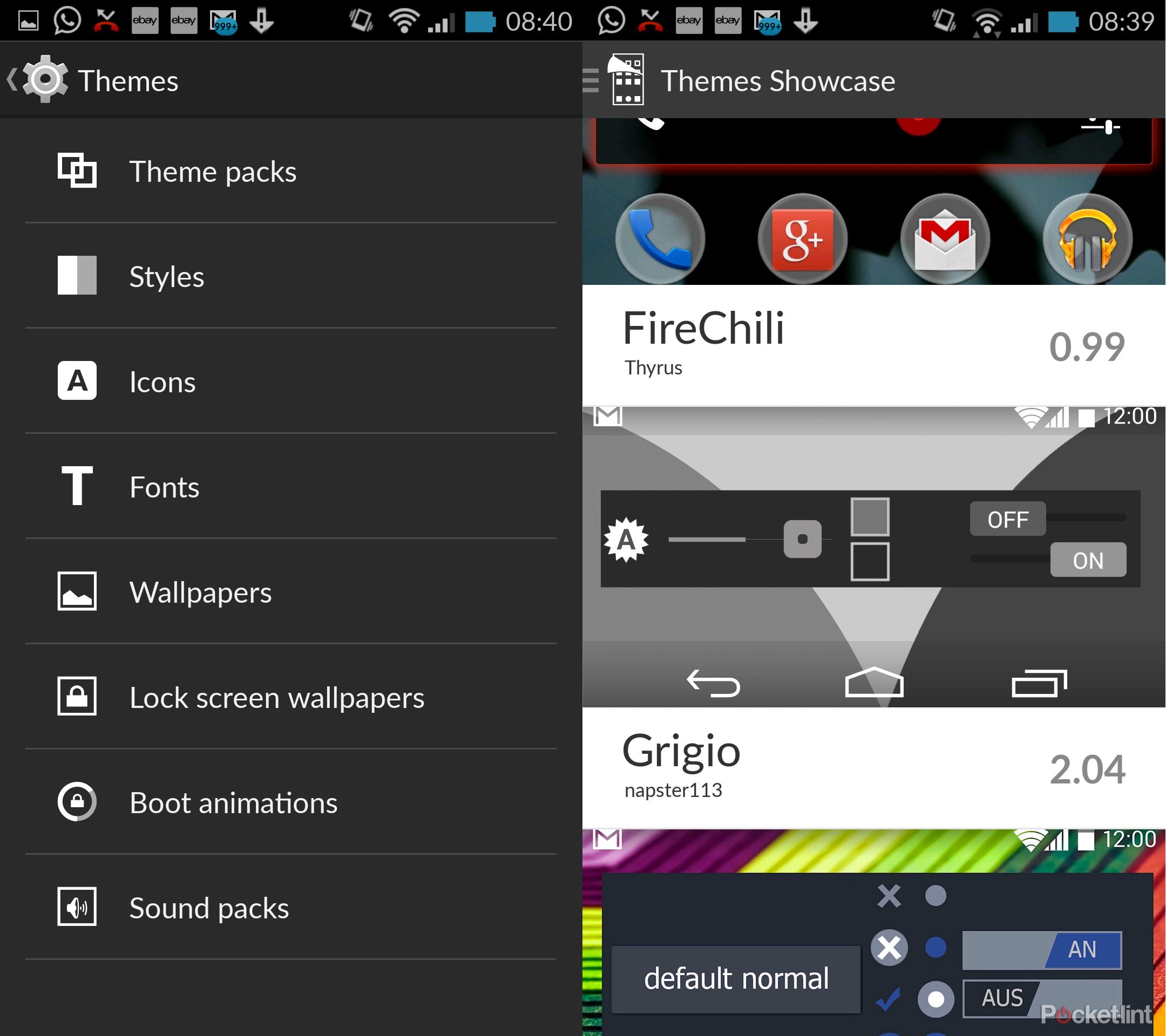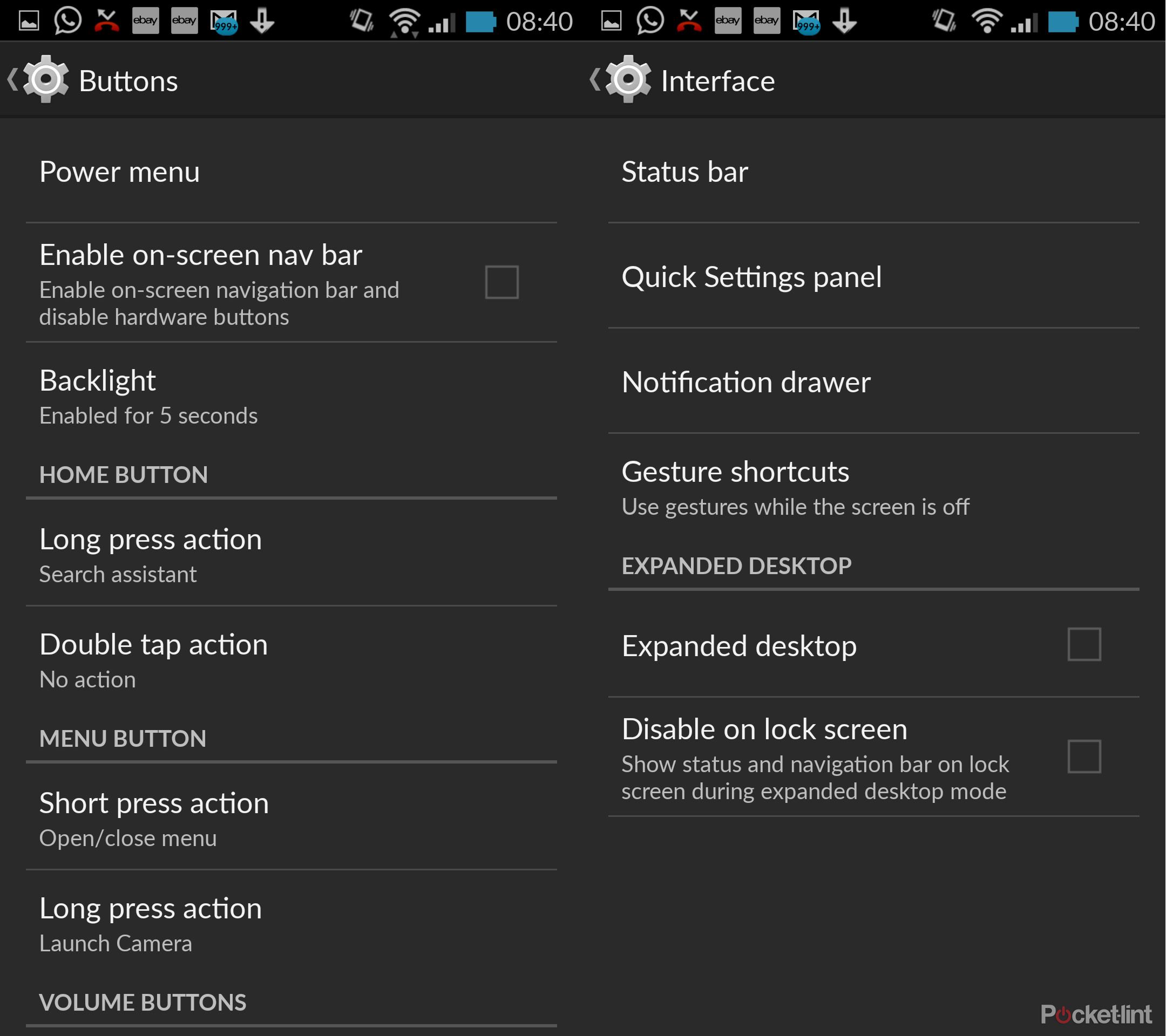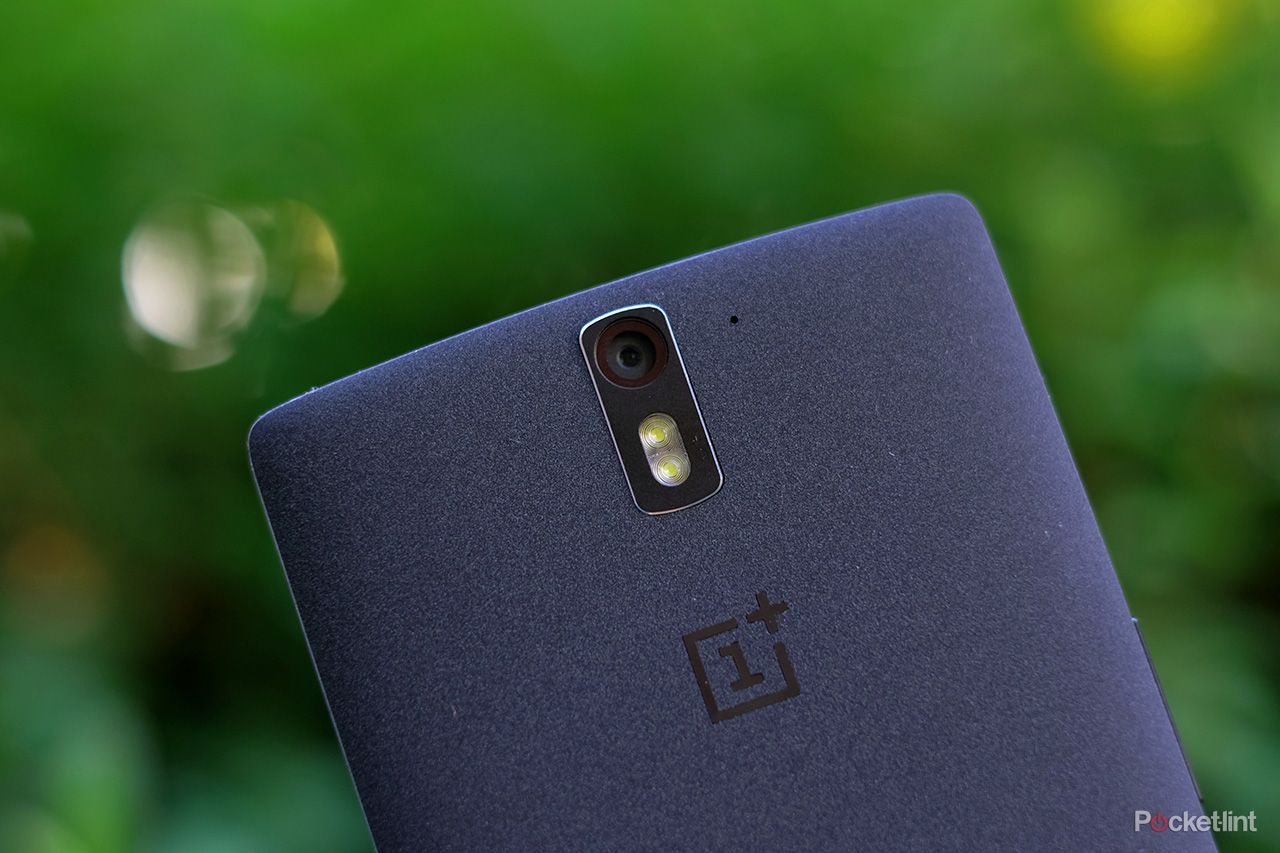At times the mobile market seems like a stalemate between the big players. Every year we see Apple, Samsung, HTC and LG battle it out to make the best, most popular phone of the year - it's like clockwork. But now the OnePlus One is here to shake things up.
Our quick take
All in all the OnePlus One is an amazing device for the price. There are a few little issues, but nothing that should stop 99 per cent of people from buying one. It's just a pity actually obtaining one is such a pain - but that almost makes it a more alluring device.
If you're a 4G hound and want the fastest connectivity then your options are limited in the UK. But as 3G is no problem, and based on relatively hit and miss 4G coverage at present, we don't think that's a deal breaker by any means.
OnePlus hasn't just rocked the boat with the One, it's good enough to see some competitors fly from its wake and crash into the rocks. If the One retailed for £450 with a more recognisable brand name stamped onto its rear then it would be snapped up from the shelves.
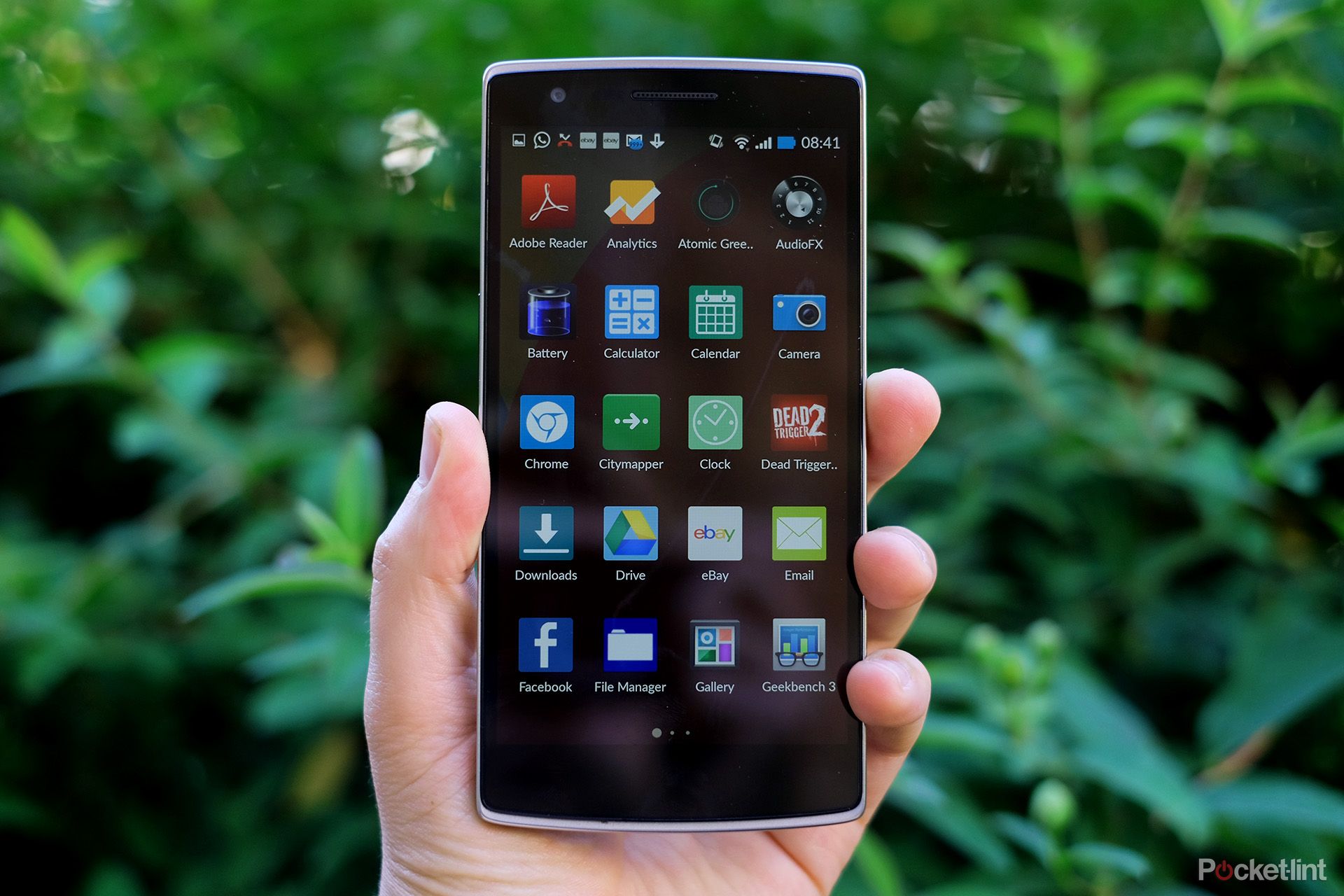
OnePlus One - 5.0 / 5
| FOR | AGAINST |
|---|---|
|
|
It's probably a name you've not heard of before, but it's worth taking note. The OnePlus One offers a similar experience as you would get from high-end phones like the Samsung Galaxy S5, but with a major difference: its price.
Instead of paying £500, the One only demands £230 of your cash. Less than half price, if you like, but with many major features on board. Is the OnePlus One simply too good to be true? We've been living with one in the UK to see how it fares.
Design
Just because it's affordable doesn't impact the One's design and quality though. It doesn't feel cheap, thanks to a solid build - the kind you generally only get with phones where the backs don't pop off. Although the One's rear does open for battery access, unlike the LG G3's pop-it-with-a-finger design, you'll need a tool for it.
The trend for large phones continues too, with the One donning a large 5.5-inch screen. This makes it a good deal larger than the Samsung Galaxy S5, and the 153 x 76mm face dimensions make it a bit bigger than the LG G3 - a phone that has the same screen proportions - and bigger still than the Sony Xperia Z2. It's a whopper.
READ: Sony Xperia Z2 review
We've seen large phones before, with the 5.9-inch Oppo N1 springing to mind. No surprise, really, as OnePlus is owned by the same parent company, based in China, where big is the current beautiful (ignoring the iPhone craze).
This physical size does mean the One teeters on the edge of being a bit too large. This will be a preference thing, of course, and it's something that we got used to over a week of use - but at first we found it just a bit uncomfortable in the hand. If you're used to a smaller phone then first few days will just feel like thumb Pilates; stick with it and it'll pay off.
The feel of the phone is also unusual in another sense: the back-plate is plastic, but has this roughened soft-touch texture. Like a cat's tongue. "Soft" and "rough" aren't adjectives we use next to each other often, but here it offers ample grip that's necessary for the scale - even if it's a finish unlike the smooth plastic we're used to.
Colour options are limited to white or black, both of which don a silver-colour plastic trim around the edge. There are either 16GB or 64GB internal storage options available only, so choose carefully, because no microSD slot means there's no way to add more memory. The 64GB model is £40 more, at £269.
If, that is, you can get hold of one. OnePlus is in demand and, in the UK at least, there's a backing/lottery/participation method to purchase. It's not as simple as popping into a shop to get one.
Screen
We've already compared the OnePlus One to the LG G3, but although the 5.5-inch panel is the same size, it's not the same Quad HD resolution. But OnePlus hasn't failed to deliver the necessary resolution: the One's 1920 x 1080 resolution IPS panel is big, sharp and offers the decent colour accuracy we look for in a higher-end screen. Success is the word.
READ: LG G3 review
Having such a large screen at your fingertips makes it perfect for browsing, with enough space to display full desktop versions of websites without seeming squashed. However, OnePlus has tuned the display so it's quite warm, giving a slight yellow cast to whites. Whether you'll notice this will probably depend on what your last phone was like - most are slightly cold or slightly warm, rarely bang on, but some offer user-based adjustment.
It's an LTPS (Low Temperature PolySilicon) LCD panel too, geekoid fans, which is partly how the OnePlus One manages to last for so long on a single battery charge - it's a relatively recent power-saving manufacturing technique.
Performance
We found that the 3100mAh battery of the One provides at least a day and a half's use, which can stretch to a full two days with light use. You don't get the extreme power saving modes seen in phones like the Galaxy S5, but hey, with the £200-odd you saved by buying a OnePlus One you could buy yourself an emergency external battery. Or twelve.
READ: Samsung Galaxy S5 review
The speed and immediacy of the OnePlus One is impressive. You wouldn't really expect any less, though, considering the OnePlus One's specs. It has a 2.5GHz quad-core Snapragon 801 processor with 3GB of RAM. That means it's on par with the very best Android phones available right now. Talk about driving down the cost.
It's only the camera app that takes a second or two to fire up, everything else runs silky smooth. But that's because the camera is initialising hardware as well as software.
READ: Best smartphones 2014
That big screen and great CPU/GPU combination also makes the OnePlus a fantastic little gaming device. The resolution is supported by the major games, so the full Android store is available to download your favourites. Having such a popular Qualcomm chipset on board means you get the same flashy graphics as other top phones - less popular processors often miss out on some visual effects even if they are powerful.
CyanogenMod
However the OnePlus One isn't an Android phone in the traditional sense - instead it runs CyanogenMod. This operating system is based around Android 4.4.2, but is open source and dressed up a little differently. We've already mentioned Oppo, the other brand that puts out CyanogenMod phones, but with the OnePlus One it's on board from day dot, so you needn't worry about installs or modifications out of the box.
READ: Oppo N1 review
As CyanogenMod is made by an independent group of coders rather than a great big multinational company there are a few little bugs here and there. But the worst we experienced were nothing more than little visual glitches. We found it stable to use with all manner of apps.
Fire up the OnePlus One and choose not to use the custom OnePlus skin the phone offers at boot-up and CyanogenMod looks an awful lot like the Nexus 5. Which raises the question: just how is it different from standard Android?
For the most part CyanogenMod feels like Android 4.4 with a few quirks here and there. There's no clutter, no nonsense, no bloatware or hoops to jump through. The option to arrange icons and widgets for layout is welcome, but we were happy to just stick with standard icon sizes, sometimes stacking multiple apps into single icon containers.
CyanogenMod does also provide features and customisation you don't get with the bog-standard version of Android. Themes get top billing, for example, with a themes browser app that allows you get a quick look at the various ways you can re-skin the phone interface. These themes fiddle with your wallpaper, lock screen, app icons and even notification sounds. They're downloaded as apps from Google Play, but the separate themes app makes applying and checking them out simple.
If you're not a real Android nerd, you can more-or-less leave CyanogenMod's customisations at that. But if you want to dig a little deeper, there are plenty of other goodies to be found. You can, for example, associate extra actions for long presses and double taps on the soft keys. Want a double tap on the menu button to fire-up the camera? No problem. You can change the system font if you like. You can even blacklist your old university mate who keeps on drunk-calling at 3am.
Some similar features are available on other manufacturers' Android re-skins or as third-party apps. Ultimately the message is this: with the OnePlus One you still get the flavour of vanilla Android, just under a different guise.
Camera
The OnePlus One's 13-megapixel camera doesn't quite level-peg it with the £500 giants in the same way, but it's pretty good considering the price point.
It uses the fourth-gen IMX214 Sony sensor, as do a load of other manufacturers, and while photos aren't afraid of embracing a touch of grain even in daylight, there's still ample detail in photos. That image noise increases in low-light conditions, and as there's no optical stabilisation, image quality in low-light is somewhat limited if you don't use the flash. But we kept reminding ourselves that it's a £230 phone. And in the balance of things it's a good performer.
The OnePlus tended to over- or under-expose shots a little, but there's always the HDR mode to combat that. This energises your photos, considerably ramping-up shadow detail. Perhaps too much as shots don't look lifelike.
The front camera is much better than many we've used - with a 5MP sensor it'll render every line and wrinkle more accurately than 2-megapixel rivals. Whether that's a good thing or not is up to you, but in today's selfie-crazed world it makes sense.
Video skills are also pretty impressive. You can refocus during capture and the top resolution outdoes the 1080p panel by offering 4K resolution (3840 x 2160). If you're going to get anywhere near 4K, make sure you go for the 64GB version as it eats through space like one of those inexplicably skinny professional hotdog eaters.
So what's the catch?
There's only one real issue to contend with: not all the 4G bands used in the UK are supported by the OnePlus One. And it means you won't get 4G on most of the networks here - not from O2, Vodafone, or the little networks that use O2's 4G space, such as GiffGaff. Only EE gets away with perfect 4G with the OnePlus, so that's a consideration in itself if you're already tied in to a contract.
The call volume is also emitted rather low, but as this is apparently a CyanogenMod software bug, we'll just about let OnePlus off for now. It is £230 after all.

